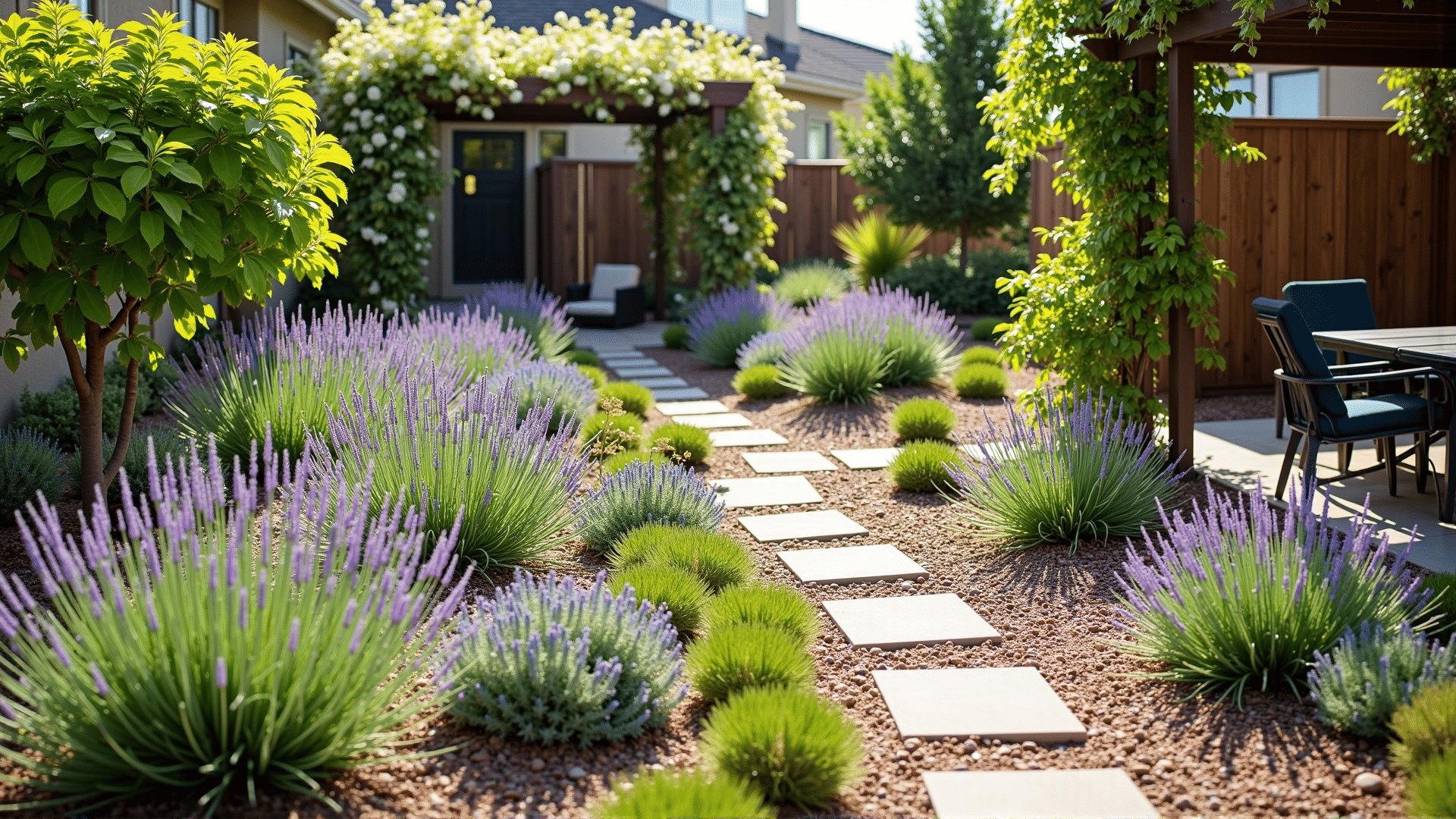Creating a landscape that conserves water not only benefits the environment but also leads to a resilient and beautiful outdoor space. As climate conditions become more variable, adopting water-wise practices can significantly reduce the need for irrigation and help your garden thrive even during dry spells. Here are practical tips for designing a landscape that prioritizes water efficiency.
1. Choose Native and Drought-Tolerant Plants
One of the most effective ways to conserve water is to select native and drought-tolerant plants. These species are accustomed to local climate conditions and require minimal watering beyond natural rainfall. Research plants that are indigenous to your region or consider varieties that naturally withstand dry conditions, such as succulents, lavender, and sage.
2. Implement Smart Design and Zoning
Dividing your landscape into distinct zones based on water requirements can maximize efficiency. Group plants with similar watering needs together, creating areas of low, moderate, and high hydration. This approach prevents over-watering and ensures each plant receives the appropriate amount of moisture.
3. Improve Soil Quality
Healthy soil enhances water retention and helps plants use moisture more effectively. Incorporate organic matter, such as compost, into your soil to improve its texture and nutrient content. Mulching is another technique that not only enriches the soil but also reduces evaporation, keeping the ground moist for extended periods.
4. Install Efficient Irrigation Systems
Consider installing drip irrigation systems or soaker hoses, which deliver water directly to the root zones. These systems are highly efficient, minimizing water waste through evaporation or runoff. Additionally, using timers and rain sensors can further optimize your watering schedule by ensuring irrigation occurs only when necessary.
5. Practice Mulching and Ground Covering
Applying mulch around plants keeps the soil cool and reduces water evaporation. Organic mulches, such as bark or wood chips, decompose over time, enriching the soil and improving its water-retaining capabilities. Ground covers, like creeping thyme or clover, provide a green alternative to traditional grass lawns, requiring less water and maintenance.
6. Harvest and Utilize Rainwater
Collecting rainwater is an excellent way to supplement your irrigation needs. Install rain barrels or cisterns at the base of downspouts to capture and store rainwater, which can then be used to hydrate your garden during drier periods. This practice not only conserves potable water but also helps manage stormwater runoff.
7. Reduce Lawn Areas
Traditional lawns consume significant amounts of water and often require frequent maintenance. Consider replacing sections of turf with stone pathways, decorative gravel, or native plant beds. You can also reduce lawn sizes by integrating usable outdoor spaces like patios or decks, which can also enhance the functionality of your garden.
8. Regular Maintenance and Monitoring
Even with a water-wise landscape, regular maintenance is crucial for sustainability. Monitor your garden for signs of overwatering, such as wilting or yellowing leaves, and adjust watering schedules accordingly. Regularly check your irrigation systems to ensure they are functioning correctly and efficiently.
By applying these water-wise landscaping tips, you can create an outdoor space that is not only visually appealing but also resilient and sustainable. Embracing these practices will help you conserve water, support local ecosystems, and enjoy a thriving garden regardless of changing climate conditions.
